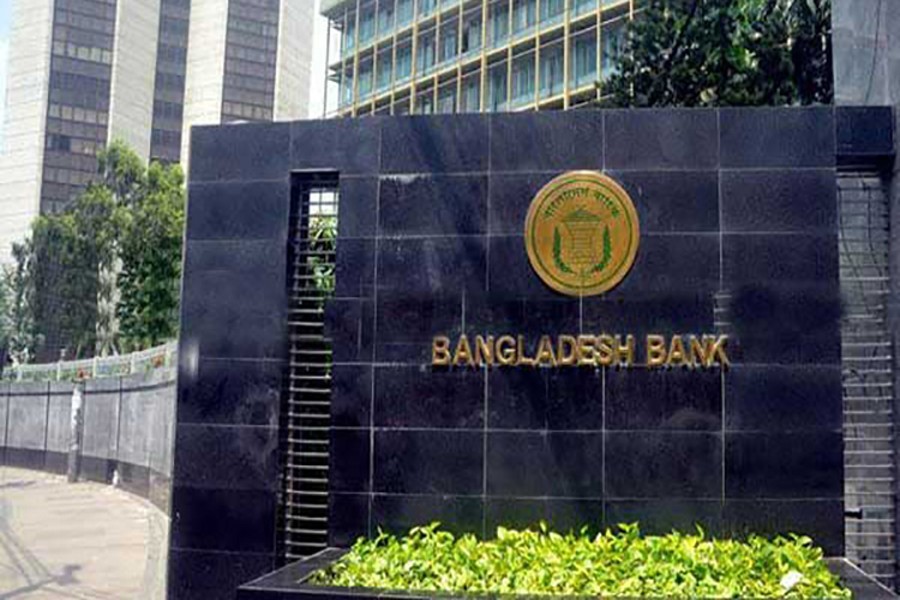Commercial banks are expected to get a latest directive for implementing the asset-liability management (ALM) guidelines strictly to duck possible liquidity pressure in an emerging lopsided-market scenario.
Officials said the dos from the central bank could come at a bankers' meeting convened at the Bangladesh Bank headquarters in Dhaka for today (Wednesday), incidentally in the wake of some major problems facing the banking sector.
Governor of the central bank Fazle Kabir will preside over the consultation session with the bankers.
The BB move is preceded by a rising trend in credit growth compared with deposit in the recent months as depositors feel discouraged from putting money in banks for lower interest rates.
The growth in deposit, on a year-on-year basis, came down to 10.72 per cent as on October 12 from 10.88 per cent in July 2017.
All banks' deposit growth was 13.13 per cent on average on December 31, 2016.
On the other hand, credit growth, particularly in private sector, increased significantly in the recent months due to higher trade financing by the banks for settling import-payment obligations, particularly for fuel oil, consumer items including food-grains and capital machinery.
The all banks' credit growth rose to 18.05 per cent as on October 12 last from 17.16 per cent as on July 27 this calendar year. It was 15.32 per cent on December 31, 2016.
The credit-deposit ratio (CDR) -- officially known as advances-deposit ratio (ADR) -- of all banks rose to 74.85 per cent as on October 12 from 73.69 per cent as on July 27, 2017. It was 71.85 per cent on December 31, 2017.
The central bank of Bangladesh had earlier set the safe limit of CDR at 85 per cent for conventional banks and at 90 per cent for Shariah-based Islamic banks.
At least 12 commercial banks along with a public one have already crossed their safe limit to CDR, according to BB's confidential report, prepared on the basis of October 12 data.
Talking to the FE, a BB senior official said the central bank is now working to bring down the CDR to a safe limit from the earlier level to avoid fund mismatch of the banks in the near future.
As part of the moves, the BB had blocked funds from the banks' current accounts for not playing by the CDR-rules book in the recent months.
Besides, warning notices had been served against half a dozen banks, asking them to cut down their CDR limits to safe zone from the existing limits within the stipulated timeframe for avoiding such black ball.
Deposit growth has been on a gradual decrease mainly due to lower interest rates -- some hitting rock bottom -- offered by the banks in the recent months, according to market-insiders.
They also said people, particularly those in the fixed-income group, now prefer to invest their hard-earned money in the risk-free government savings instruments for getting higher returns on their investments.
Higher interest rates on savings instruments, offered by the government, have encouraged depositors to purchase the high-yielding tools by withdrawing their bank deposit, they said explaining the switch.
Currently, average interest rate on deposit, offered by the commercial banks, is below 5.00 per cent, while the rate for savings instruments is, on average, 11 per cent.


